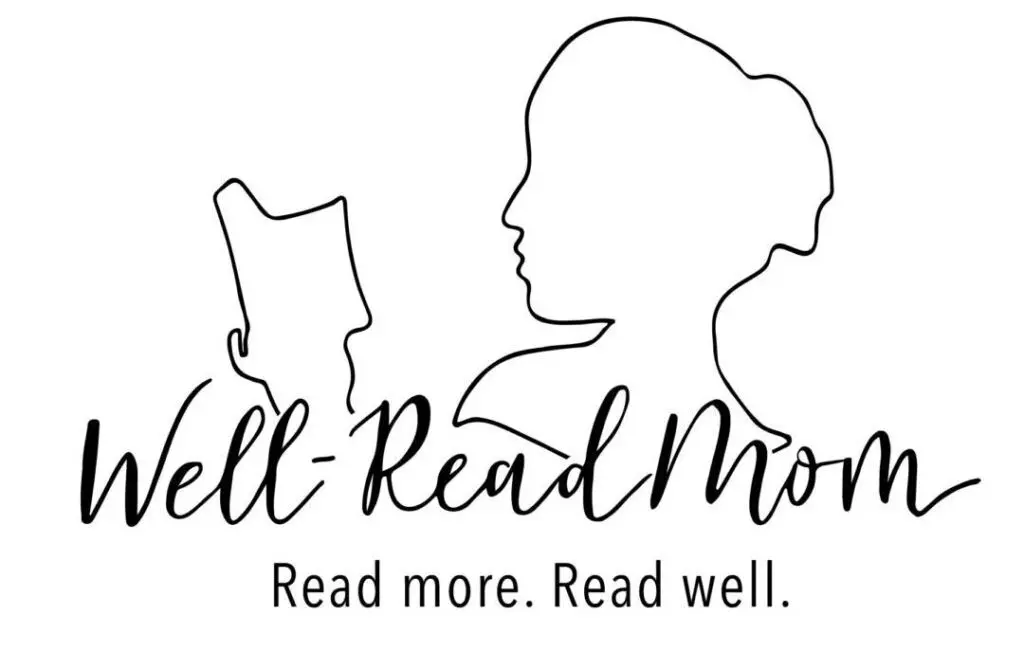The Evil Within
Written by Megan Keyser
Each year, at least one of our reading selections for Well-Read Mom is so jarring that it strikes an emotional cord, reverberating through our very cores. This year, John Steinbeck’s novella The Pearl is that work. Agonizing in its subject matter—namely, the insidious encroachment of evil within the human heart—this tale haunts us long after we read the final words.
The Pearl tells the gripping story of Kino and Juana, an impoverished pearl diver and his young wife, whose simple, yet largely contented, life together is jeopardized by evil, presenting itself in a variety of menacing forms. The truly fascinating consideration is the evolution of that evil over the course of the story. What begins as external threats to the harmony of the family rapidly morphs into perils from within—a chilling reminder of the treacherous and fluid nature of evil.
Though humble, the shared life of Kino, Juana, and their tiny son, Coyotito, is initially marked by quiet peace—a life in which the “Song of the Family” softly, but firmly, resonates. Yet, the “Song of the Enemy,” the “Song of Evil”—“a savage, secret, dangerous melody”—pulsates beneath it all: a constant, veiled threat to the tranquility of family life. All the perils, however, seem to dissipate when Kino remarkably finds the “the greatest pearl in the world.”
While the fortuitous finding of the pearl bespeaks excitement and joy for Kino and Juana, “the news [of the discovery] stirred up something infinitely black and evil in the town . . . The poison sacs of the town began to manufacture venom, and the town swelled and puffed with the pressure of it.” Kino and Juana quietly bubbled with beautiful, unambitious dreams: “the music of the pearl . . . merged with the music of the family so that one beautified the other.” Yet, in the town, in envious hearts, “the essence of pearl mixed with essence of men and a curious dark residue was precipitated.” This “residue,” this venomous blackness, creeps into the lives of Kino and Juana, internally dismantling their peace, just as powerfully as the external scorpion sting their child had received.
As the pressure of the world’s wickedness weighs upon his family, Kino “[grew] tight and hard. He felt the creeping of fate, the circling of wolves, the hover of vultures. He felt the evil coagulating about him . . . .” No longer at peace, he became increasingly suspicious and, in response to the unjust world, “His eyes and his mind probed for danger before it appeared . . . the music of evil throbbed in his head and nearly drove out Juana’s song.” In his frantic desperation, Kino (with his loyal Juana and their child) flees those seeking to destroy his life in order to obtain the coveted pearl. As his panic mounts and his vengeful anger takes greater hold over him, he paradoxically imperils and, ultimately, destroys the very family he sought to protect.
This seems to be the most troubling aspect of the book—the point that should give all readers pause: a preoccupation with external evils has caused Kino to overlook the malevolent forces seeking to overtake his heart, mind, and soul. Kino’s grievances against swindlers and oppressors, thieves and murderers are undoubtedly real, and his righteous anger is justifiable. The greatest evil unfolds, however, when Kino’s desire to thwart the evil without eclipses his protection of the goodness his family already possesses within. How often do good people, “thirsting after righteousness,” become so preoccupied with addressing, or even simply lamenting, the evils in the world beyond, that we fail to recognize and curtail the dangers found right in our own hearts and homes? In an age of ubiquitous noise, with information flooding in from all corners of the world—and available right at our fingertips—it is hard to ignore the incessant pounding of evil. Our hearts fill with futile worry and our spirits atrophy under the strain. We spend untold hours and vast amounts of emotional energy absorbing news reels and fretting about evils beyond our control, while subsequently hampering our ability to do good where we are: in our homes, in our local communities, and in our own hearts.
I often think this is Satan’s most clever deceit: in distracting the virtuous with external dangers, we fail to direct our energies to the good we can, and should, accomplish in the present moment, in our ordinary course of life. We worry fruitlessly about the ills of a broken world, while we simultaneously fail to do what we ought, according to God’s will for our unique vocations and circumstances. Saint Francis de Sales once cautioned:
It is necessary carefully to observe the particular commandments that each person has in regard to his vocation, and whoever does not observe this, if he should raise the dead, does not cease to be in sin and to be damned if he die in it . . . we want to serve God, but after our will, and not after His. (Thy Will Be Done: Letters to Persons in the World)

For Kino, as for most of us, it is the worry over external harm that generates our most visceral reaction to evil. We vigilantly scour the landscape for threats from afar, little concerned over the evil festering in our own hearts. There is nothing wrong with recognizing and sometimes seeking to address the ills of the world, but always, always we must place our primary focus on our sphere of greatest influence: the heart of our homes. If enough families dedicate themselves to growth in patient understanding and faithful charity—charity between husband and wife, parent and child, brother and sister—the “Song of the Family” will become the influencing melody of our society and our world.

About Megan Keyser
Megan is a 2006 Hillsdale College graduate (Classical Studies). Despite the inevitable chaos of large family life, Megan is thankful for her lively brood of eleven children and relishes the challenge of juggling household responsibilities, babies in diapers, her writing pursuits, and, of course, a good book. She resides in Noblesville, Indiana, with her husband, Marc, and their five sons and six daughters, ages 17 years to 18 months old – with a new baby due in August 2025!
About Well-Read Mom
In Well-Read Mom, women read more and read well. Our hope is to deepen the awareness of meaning hidden in each woman’s daily life, elevate the cultural conversation, and revitalize reading literature from books. If you would like to have us help you select worthy reading material, we invite you to join and read along with us. We are better together! For information on how to start or join a Well-Read Mom group visit our website wellreadmom.com.

